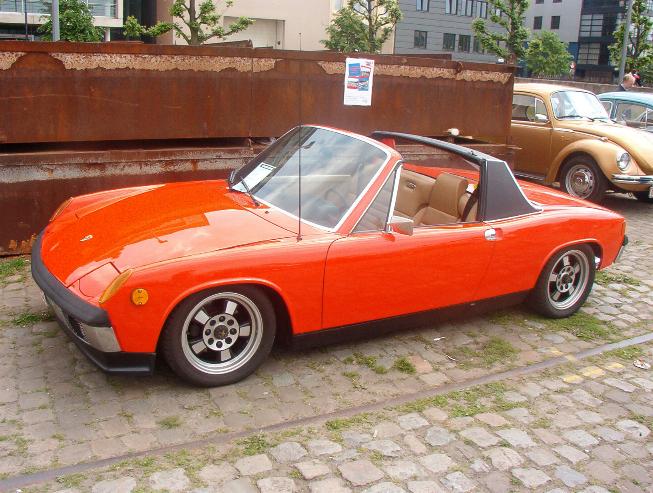FPV launches new supercharged V8 for GT and GS
CarAdvice
By Paul Maric | September 2nd, 2010
It’s one of the industry’s worst kept secrets. Ford Performance Vehicles and Prodrive revealed to a media congregation on Monday morning that it has spent the last three years and $40-million locally engineering a supercharged 5.0-litre V8 engine for the FPV range.
As CarAdvice exclusively revealed in June 2009, Prodrive has been working on a supercharged version of the 5.0-litre V8 engine fitted to the Ford Mustang. Codenamed Coyote, Prodrive has managed to extract some impressive power and torque figures.
The FPV GS, which will remain as Ford’s entry level model, features 315kW and 545Nm of torque. The FPV GT on the other hand gets the high-output version and produces 335kW and 570Nm of torque.
The most impressive part of the performance graphs is that both variants hit their respective peak torque figures at a staggering 2200rpm, with the torque holding on relentlessly right through to 5500rpm.
---------------------------------
Continued at the link
Ford Australia's Falcon gets the supercharged Coyote V8.
Staggering performance available.
(Unfortunately, not available in the US!!!!)
CarAdvice
By Paul Maric | September 2nd, 2010
It’s one of the industry’s worst kept secrets. Ford Performance Vehicles and Prodrive revealed to a media congregation on Monday morning that it has spent the last three years and $40-million locally engineering a supercharged 5.0-litre V8 engine for the FPV range.
As CarAdvice exclusively revealed in June 2009, Prodrive has been working on a supercharged version of the 5.0-litre V8 engine fitted to the Ford Mustang. Codenamed Coyote, Prodrive has managed to extract some impressive power and torque figures.
The FPV GS, which will remain as Ford’s entry level model, features 315kW and 545Nm of torque. The FPV GT on the other hand gets the high-output version and produces 335kW and 570Nm of torque.
The most impressive part of the performance graphs is that both variants hit their respective peak torque figures at a staggering 2200rpm, with the torque holding on relentlessly right through to 5500rpm.
---------------------------------
Continued at the link
Ford Australia's Falcon gets the supercharged Coyote V8.
Staggering performance available.
(Unfortunately, not available in the US!!!!)








